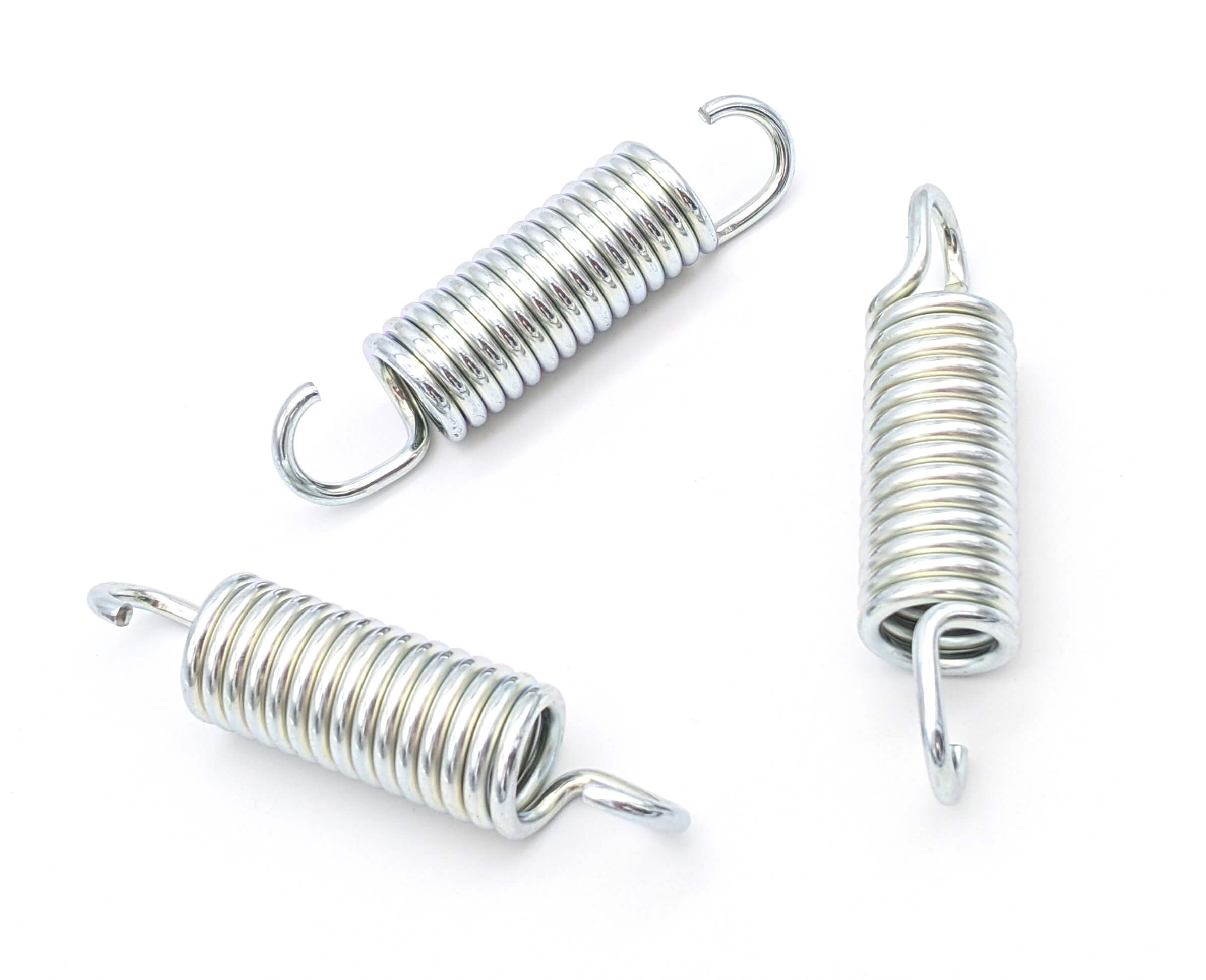Get unique, complex parts easily. No matter your requirements, Chaoyi Spring creates hard-to-produce coil springs and wire forms.
Let us help you create the custom wire form you need, from S-hooks and J-hooks to utility hooks and more.
We work closely with customers across a wide range of industries, helping them design and manufacture made-to-order parts.
Why choose Chaoyi Spring? We prioritize customer-focused collaboration, modern equipment and the latest technology to make your parts per print.
Find the information and guidance you need, from measuring a spring to learning about materials, placing an order and much more.
A garage door is a heavy piece of equipment, and the tension springs are crucial to its safe and proper operation. These springs counterbalance the weight of the door, making


A garage door is a heavy piece of equipment, and the tension springs are crucial to its safe and proper operation. These springs counterbalance the weight of the door, making it easy to open and close. If your garage door springs are worn out or broken, it can be dangerous to use the door, and you'll want to replace them as soon as possible. Installing new tension springs is a job that requires some mechanical skills and should be done carefully, following proper safety precautions. This comprehensive guide will walk you through the entire process, from understanding the different types of springs to the actual installation steps.

Garage door tension springs come in two main types: torsion springs and extension springs. Torsion springs are typically found on newer garage doors and are located above the door on a shaft. Extension springs, on the other hand, are older and are located on either side of the door. For this guide, we'll focus on installing torsion springs as they are generally considered safer and more efficient.
Before starting any work on your garage door, it's important to understand the potential dangers involved. Garage door springs are under a lot of tension and can cause serious injury if they break or are handled improperly. Always use caution and follow all safety guidelines.
Safety should be your top priority when working with garage door springs. Here's a checklist of crucial precautions:
Once you've taken the necessary safety precautions, you can start the installation process. Here's a detailed step-by-step guide to help you:
While installing new tension springs can be a challenging project, here are some tips that might come in handy:
Installing new tension springs on your garage door can be a complex and potentially dangerous task. It requires careful planning, proper safety precautions, and a good understanding of the process. If you're not comfortable with the installation, it's always best to seek professional help from a qualified garage door technician. By following the safety guidelines and using the right tools, you can ensure the job is done correctly and safely.
Remember, a well-functioning garage door is essential for the safety and security of your home. Investing in quality springs and professional installation can give you peace of mind and ensure your garage door operates smoothly and reliably for years to come. So, before you attempt any DIY garage door repairs, always consider your safety and the complexity of the task. When in doubt, call a professional.
Browse some of the custom wire forms and springs that we manufacture. Don’t see what you need? We specialize in made-to-order products that meet your application requirements.
Visit Our GalleryNeed a custom wire form or coil spring? We make it work. Fill out the contact form and a representative will respond within 1 business day. If you have a PDF or CAD file, you can submit to request a quote.